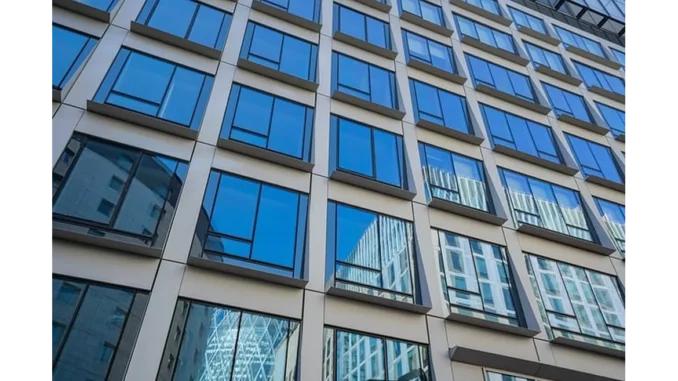
In today’s evolving real estate market, green building certifications are becoming increasingly significant. These certifications are not just a trend but a valuable asset for rental properties, offering numerous benefits to landlords, tenants, and the environment. In this article, we’ll explore what green building certifications are, their advantages, and how they can positively impact rental properties.
Focus360 Energy: property compliance services – pre-planning to post-construction. Learn more.
As I sat down with Claire Matthews, a seasoned property manager from Utah, it was clear that her enthusiasm for green building certifications was more than just professional—it was personal. Claire has been managing rental properties for over a decade and has witnessed first-hand the transformative benefits of these certifications. Our conversation unfolded in a relaxed yet informative manner, shedding light on why green building certifications are a game-changer for rental properties.
“Green building certifications are essentially a seal of approval for buildings that meet certain environmental and sustainability standards,” Claire began. “They are awarded by various organizations, each with its criteria and rating systems. Some of the most recognized certifications include LEED, BREEAM, Energy Star, and Green Globes.”
I was keen to understand the specific benefits these certifications bring to the table. Claire was more than happy to elaborate, breaking it down into four key areas: lower operating costs, increased property value, enhanced tenant satisfaction, and reduced environmental impact.
Lower Operating Costs
“One of the most immediate benefits is the potential for reduced operating costs,” Claire explained. “Certified buildings are designed to be more energy and water-efficient, which translates to lower utility bills. For landlords, this means reduced expenses for maintaining and operating the property. Tenants also benefit from lower utility costs, making the property more attractive.”
Claire recounted an example of a property she managed that received an Energy Star certification. “Before the certification, the utility bills were through the roof. After implementing energy-efficient systems, we saw a significant drop in costs. It was a win-win for both the landlord and the tenants.”
Increased Property Value
“Green building certifications can significantly enhance the value of a rental property,” Claire continued. “Properties with certifications often command higher rental rates due to their energy efficiency and lower operating costs. Additionally, green certifications can make a property more competitive in the market, attracting environmentally-conscious tenants and investors.”
She shared a story about a rental property in downtown Salt Lake City that saw a 15% increase in its market value after obtaining a LEED certification. “The certification made the property stand out, and we had a surge of interest from potential tenants.”
Enhanced Tenant Satisfaction
“Tenants increasingly seek rental properties that offer sustainable and healthy living environments,” Claire noted. “Green building certifications can improve indoor air quality, reduce noise pollution, and provide better natural lighting, all of which contribute to a higher quality of life. Certified properties are often equipped with features like improved ventilation systems and non-toxic materials, creating a healthier living space.”
Claire highlighted a survey conducted among tenants in one of her certified buildings. “The feedback was overwhelmingly positive. Tenants appreciated the better air quality and natural light. It definitely contributed to higher tenant retention rates.”
Reduced Environmental Impact
“Green building certifications contribute to reducing the overall environmental impact of rental properties,” Claire stressed. “These certifications emphasize sustainable practices such as the use of renewable energy sources, reduced water consumption, and minimized waste. By choosing a certified property, tenants and landlords contribute to a more sustainable future and help combat climate change.”
Claire pointed out that many of the properties she managed had adopted solar panels and rainwater harvesting systems. “These initiatives not only reduce the environmental footprint but also set a precedent for other properties in the community.”
Implementing Green Building Practices
As Claire wrapped up our conversation, she offered some practical advice for landlords considering green building certifications for their rental properties. “Conduct an energy audit to assess your property’s current energy use and identify areas for improvement. Upgrade to energy-efficient systems, improve water efficiency, use sustainable materials, and seek professional advice to guide you through the certification process.”
It’s evident from my discussion with Claire that green building certifications offer numerous benefits for rental properties. By investing in green building practices, landlords can create more attractive and sustainable rental properties, while tenants can enjoy a healthier and more cost-effective living environment. In Utah’s competitive real estate market, these certifications can provide a significant edge, enhancing both marketability and long-term financial success.
Lewis Davis


Be the first to comment